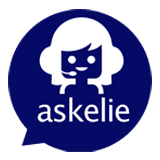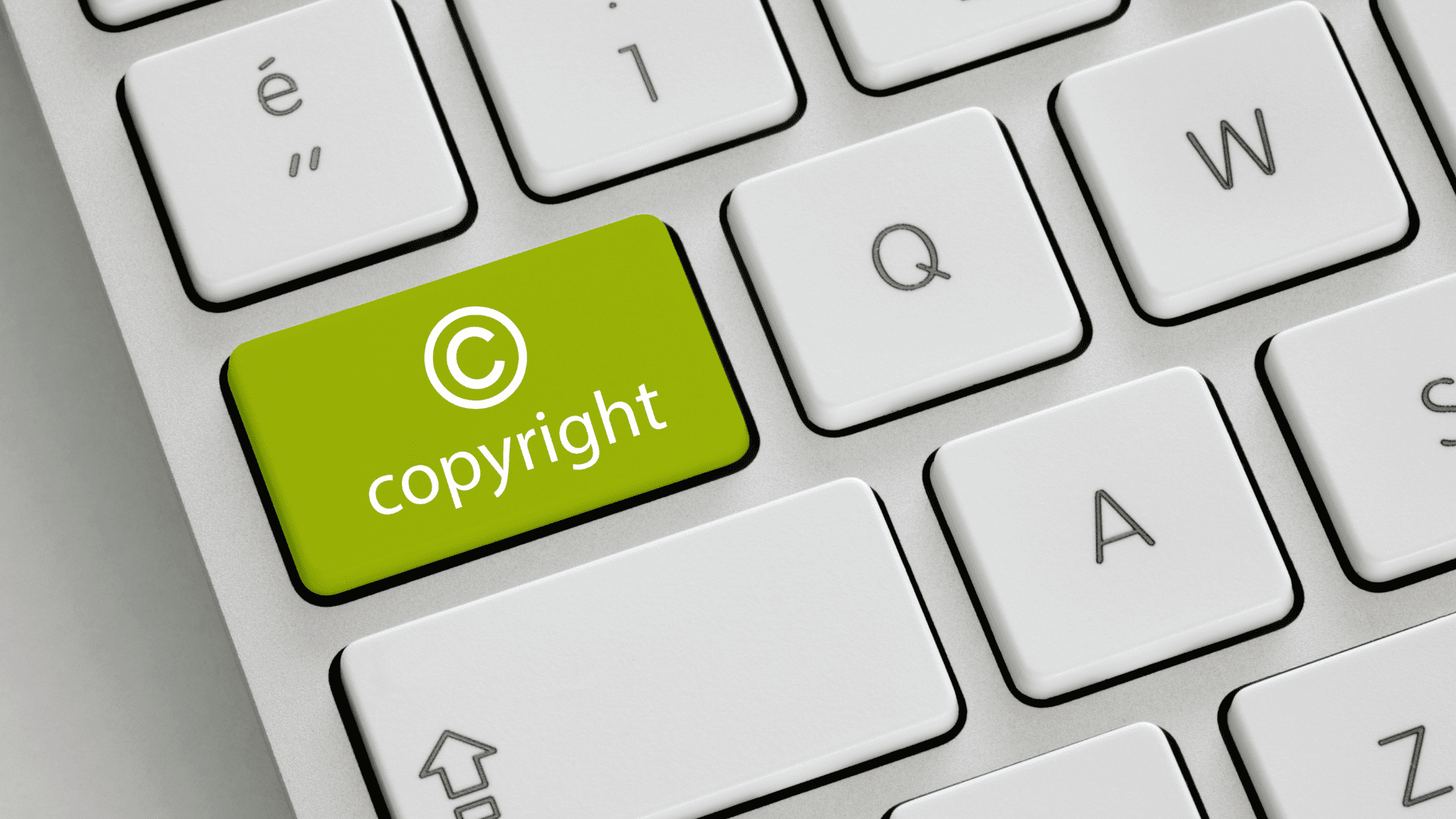AI regulation and copyright are colliding fast
AI copyright law in the United Kingdom has taken a major step forward with the new Data (Use and Access) Act. Passed in June 2025, the law changes how Artificial Intelligence systems can use creative content and personal data. It defines new rules for copyright, data access and explainability. At askelie we see this shift as a positive move towards transparent, compliant and trusted AI.
Here at askelie we believe this new law is not a threat to AI innovation but a vital opportunity. The organisations that adapt quickly will not only avoid penalties but also gain trust and credibility. Those that ignore it risk being left behind.
The new rules reshape how AI can train on text, audio and visual works, and how companies must explain automated decisions that affect individuals. The law reflects a growing international movement toward accountability in machine learning and generative AI.
What the new Data (Use and Access) Act means for AI copyright law
The Data (Use and Access) Act introduces stronger expectations for how AI models use data. It brings clarity to copyright, model training, and automated decision-making.
According to analysis from Mayer Brown, the Act gives creators new rights to request disclosure of whether their works have been used to train an AI model. It also empowers regulators to demand evidence of how data was obtained and processed.
Equally important, it aligns parts of the UK’s data protection framework with the realities of AI. This includes rules for Automated Decision Making (ADM), systems that make or influence decisions about individuals. These systems must now offer explainability, human oversight, and clearer justification for how data shapes outcomes.
The AI horizon tracker from Bird & Bird notes that this law bridges the UK’s gap between the existing GDPR and the forthcoming Artificial Intelligence Regulation Bill. Together, they set the stage for a robust national framework.
Why this matters for AI development
For developers and media firms, AI copyright law now requires proof of how data is sourced. The effect is immediate. Developers, researchers, and platform owners must document where their data comes from, whether it includes protected works, and how decisions are made by models. This affects every layer of the AI lifecycle – from training to deployment.
In creative and media sectors, it changes how music, art, literature and code can be used. In financial, legal and public sectors, it tightens how decisions made by AI are recorded and justified. For both, it means compliance must now be built into systems from the ground up.
At askelie we view this shift as positive. Our Ever Learning Intelligent Engine (ELIE) was built to deliver transparency, traceability and human oversight. With embedded audit trails and explainable decision mapping, ELIE ensures that compliance is continuous and visible, not something reviewed once a year.
AskELIE’s perspective: build trust through visibility
AskELIE’s position is simple – visibility builds trust. When users, auditors or regulators can see how AI systems reach conclusions, they can trust them. Our platform automates compliance under AI copyright law and data-use regulations. That is how regulation should work.
Our platform supports this in three ways.
- Full data lineage: ELIE can trace every input, from data source to model output. This makes it easy to prove that training or operational data was used lawfully.
- Explainable decision logic: Whether in ELIE for Contracts, ELIE for HR or ELIE for Education, our workflows capture the “why” behind every AI recommendation.
- Continuous compliance tracking: Evidence logs and metadata are generated automatically, so organisations can demonstrate compliance at any moment.
By integrating compliance into daily operations, AskELIE helps organisations meet both the letter and the spirit of the new law.
The creative industry’s wake-up call
Creative sectors have reacted strongly to this legislation. Artists and performers including Paul McCartney and Dua Lipa signed an open letter calling for stronger protections for their work in AI systems, as reported by The Verge. Their demand is simple: transparency on when and how their content is used.
This shows how the debate around AI and copyright has moved beyond the tech world. It now touches culture, reputation and fairness. For businesses, this means compliance is no longer just a legal obligation, it is part of brand identity.
The new AI copyright law has woken the creative sector to the value of transparency. Organisations that can prove responsible AI practices will gain respect from both regulators and customers. Those that cannot may face public criticism long before they face a fine.
Government and healthcare implications
The public sector is also being reshaped by this law. The NHS has already launched a new Commission to accelerate AI use, ensuring that health systems benefit safely from automation. That shows the government’s dual goal, encourage innovation while protecting citizens’ rights.
Even public bodies must understand AI copyright law obligations when using generative systems. In health and education, where personal data is sensitive, compliance is not optional.
AI systems must be explainable, auditable and designed with consent at their core. AskELIE’s private deployment model allows public bodies to ringfence data securely while maintaining transparency and oversight.
International impact and trade alignment
This new legislation also aligns the UK with its trading partners. The Technology Prosperity Deal, an agreement with the United States, moves UK policy closer to American AI principles. MLex reports that this alignment will shape future data sharing and cross-border AI development.
For multinational companies, that means adopting consistent compliance frameworks across all markets. It also opens the door for UK-based AI firms to compete internationally by demonstrating trusted, evidence-based governance.
What organisations should do now
The message is clear: compliance must evolve from a checkbox exercise into a living framework. AskELIE recommends three steps.
Step 1: Audit your data sources against AI copyright law requirements before training or retraining models.
Know exactly what content, datasets and licenses are involved in your models.
Step 2: Automate evidence collection.
Use platforms such as AskELIE’s Private AI to maintain version histories, access logs and validation records.
Step 3: Communicate transparency externally.
Clients and the public expect accountability. Include explainability in your proposals and contracts.
For larger enterprises, we suggest linking compliance processes across functions, legal, procurement, IT and governance, using ELIE for Contracts and AskTARA for supplier management.
Challenges and opportunities ahead
This legislation adds cost and complexity for developers but also clarity and confidence for everyone else. It pushes the industry to mature. The real challenge is not meeting the law, it is doing so efficiently.
By preparing early, organisations can turn AI copyright law compliance into advantage. AskELIE is built to make compliance part of the workflow, not a barrier. Our system automates evidence, supports policy frameworks and gives leadership real-time visibility of their AI estate.
As the UK continues to define its position in the global AI market, we expect further alignment with EU and US frameworks. The companies that invest now in explainability and accountability will be the ones setting the standard.
Final thought
The Data (Use and Access) Act signals the start of a new era. AI is no longer a free space for experimentation. It is a regulated ecosystem where responsibility and innovation must go hand in hand.
At askelie we welcome this change. We have always believed that transparent, ethical and compliant AI is the future. The organisations that embrace these principles today will be the trusted leaders of tomorrow.


